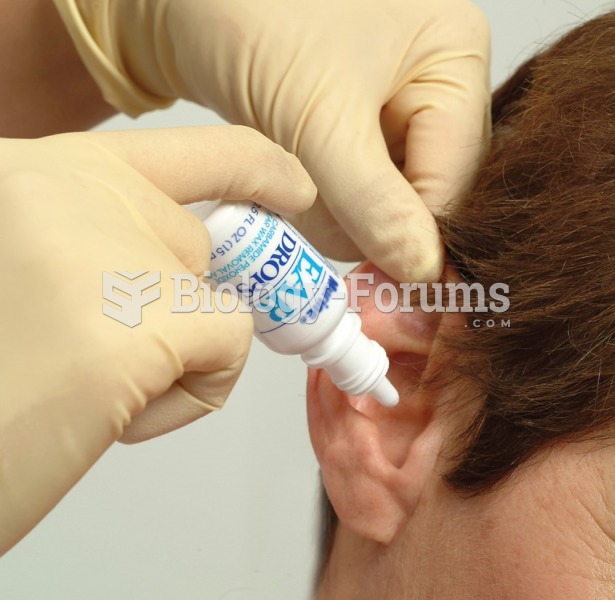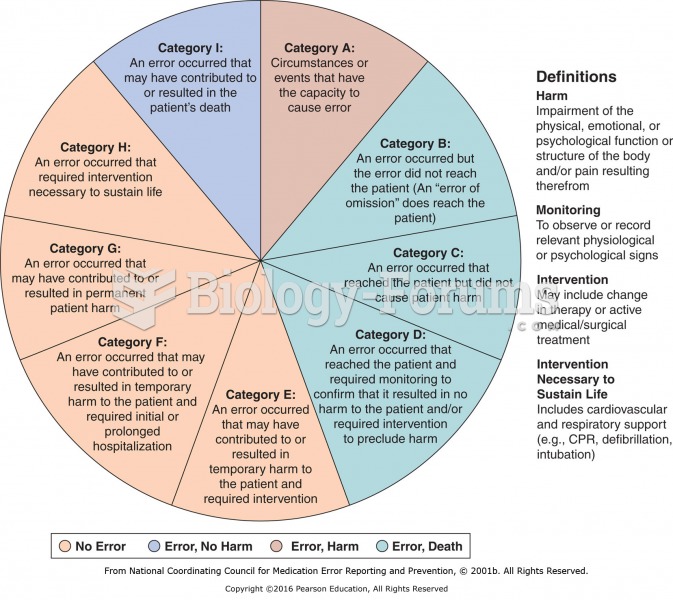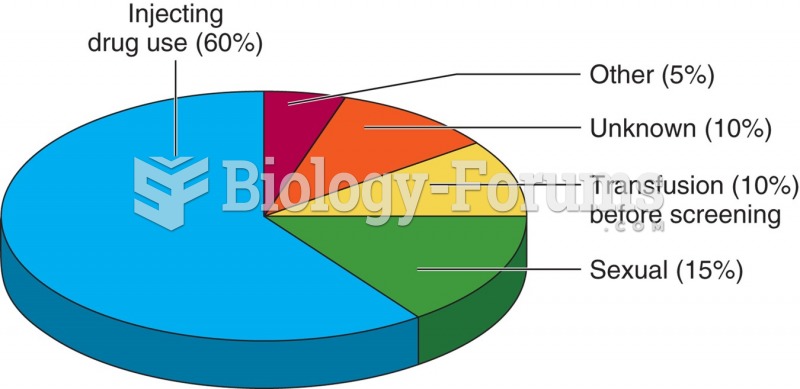Answer to Question 1
Correct Answer: 2,3,4,5
Rationale 1: The client should be instructed to complete the full course of medication even if symptoms subside.
Rationale 2: The client should be taught not to share doses of medication with other family members with similar symptoms.
Rationale 3: The client should be instructed to return of the health care provider if symptoms have not subsided after a full course of treatment.
Rationale 4: The client should be taught to report any fever that does not subside in 3 days of treatment.
Rationale 5: The client should be taught to report increasing symptoms to the health care provider.
Global Rationale: The client should be taught to take the full course of treatment, not to share medication with others, to report continued symptoms after a full course of treatment or if symptoms increase, and to report fever that does not subside.
Answer to Question 2
Correct Answer: 2
Rationale 1: Diabetes insipidus would not affect primaquine therapy.
Rationale 2: Clients with G-6-PD deficiency are at greater risk for hemolytic anemia.
Rationale 3: Gout is associated with uric acid and is not related to greater risk for primaquine therapy.
Rationale 4: Trisomy 13 is related to birth defects.
Global Rationale: Clients with G-6-PD deficiency are at greater risk for hemolytic anemia. The other conditions do not increase risk for adverse response.







